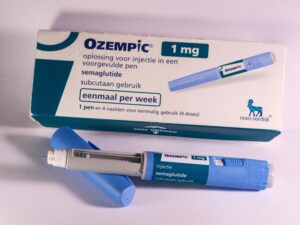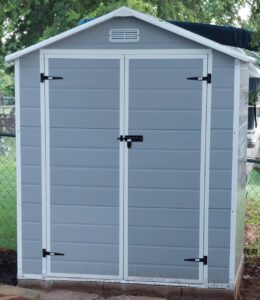National Public Radio (NPR) says they have obtained documents that contain data collected and analyzed on a daily basis by the U.S. Department of Health and Human Services (HHS). These documents, which are reports that are sent to staff members of federal health agencies, show trends in hospitalizations and identify cities nearing full hospital capacity and health-care facilities in danger of inadequate ICU staffing. This information could assist local governments and citizens in deciding when to take extra precautions against COVID-19.
NPR had the documents reviewed by public health specialists and data analysts, who stated withholding this information from the public and research scientists is impeding the ability to prevent outbreaks and save lives.
According to Ryan Panchadsaram, co-founder of the website, “COVID Exit Strategy” and a former data official in the Obama administration said: “At this point, I think it’s reckless. It’s endangering people. We’re now in the third wave, and I think our only way out is really open, transparent, and actionable information.”
According to distribution lists evaluated by NPR, these documents which contain granular information submitted daily by hospitals to HHS, are only circulated to a “few dozen” staff members from HHS and its agencies, including the Centers for Disease Control and Prevention and National Institutes of Health. The only member of the White House Coronavirus Task who directly receives the documents is Admiral Brett Giroir.
HHS responded to NPR via email. “Our goal is to be as transparent as possible, while still protecting privacy. HHS and the White House Coronavirus Task Force utilize hospital capacity data to gain greater insights into how COVID-19 is spreading and impacting the population, and to better inform response efforts like staff deployments and supply shipments,” said an HHS spokesperson.
The daily reports illustrate county, city, and hospital-level data, as well as national assessments that HHS does not post online.
Panchadsaram said that the local hospital information would be “very useful” to researchers and health officials. “That stuff isn’t easy to find at a national level,” he says. “There’s no one place [publicly] you can go to get all that data.”
Dr. Christopher Murray, director of the Institute for Health Metrics and Evaluation at the University of Washington stated that hospital data is “invaluable” in knowing “where and when” outbreaks become worse. “Right now, as we head into the fall and winter surge,” Murray says, “we’re trying to put more emphasis on predicting where systems will be overwhelmed.”
The October 27 report highlights the fact that ventilator use and the number of occupied ICU beds have increased 14-16 percent in the last month. Currently, 24 percent of U.S. hospitals are at 80 percent capacity for COVid-19 patients and the numbers are increasing weekly.
According to Dr. Murray, the daily number of COVID-19 patients who are hospitalized is a crucial metric for tracking pandemic “hotspots.” “The best possible measure of where we are in the pandemic, and the one we would want to anchor modeling to, is daily hospitalizations.”
Melissa McPheeters, who directs the Center for Improving the Public’s Health through Informatics at Vanderbilt University, said that without access to national and regional data, states like Tennessee, which is bordered by 8 states, cannot properly assess regional conditions.
“Hospitals in Tennessee serve patients who are from Arkansas and Mississippi and Kentucky and Georgia and vice versa, and so we’re a little bit blind to what’s going on there,” she says. “When we see hospitals that are particularly near those state borders having increases, one of the things we can’t tell is: Is that because hospitals in an adjacent state are full? What’s going on there? And that could be a really important piece of the picture.”
Lisa M. Lee, former chief science officer for public health surveillance at the CDC, now at Virginia Tech, stated that the administration could assist states in sharing information across borders.
“It’s very challenging for states to get the multistate view of things,” she says. “It’s just a lot easier when there’s a knowledgeable third-party who can pull the data together, make them consistent across states, and actually tell the story of what the information shows.”
It should be noted that normally this would be the role of the CDC. However, in July of 2020, the agency was forbidden from collecting COVID-19 hospital data.
Even though the federal government is making an effort to generate detailed daily analyses, they are not sharing them.
“Even though they’re collecting all these things and putting so much effort behind it, it gets blocked when it tries to get out of the door,” said Panchadsaram.










